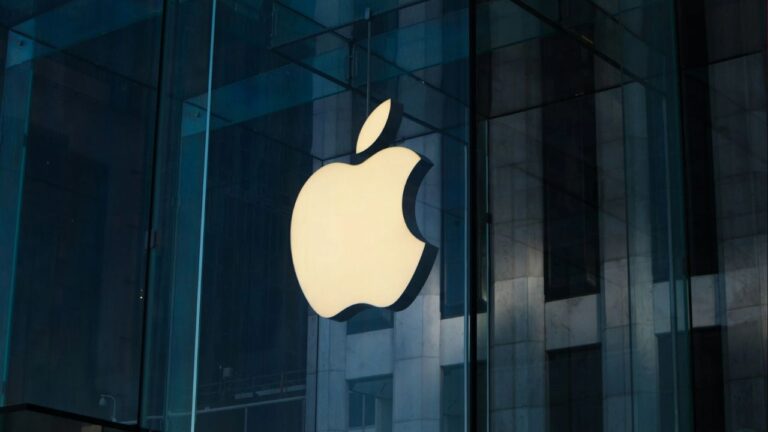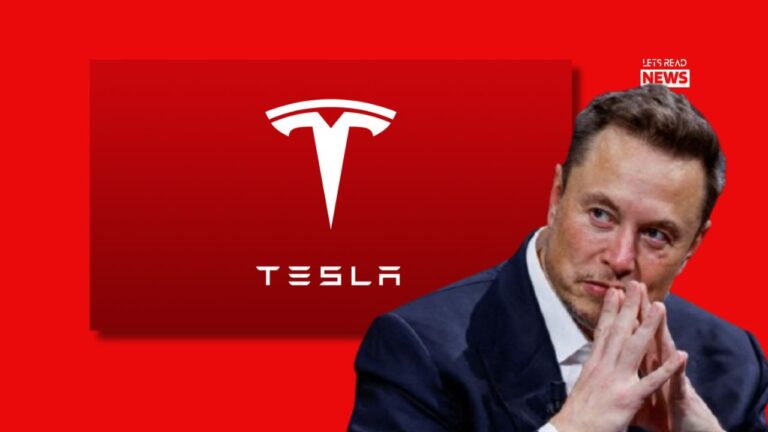Analysis: Is Tim Cook Planning to Shift Apple’s Manufacturing from India to the U.S.?

1. Apple’s Current Manufacturing Strategy in India
Apple has significantly ramped up its manufacturing operations in India over the past five years, producing approximately 15% of its global iPhone output (around 40 million units annually) in the country. This shift is part of a broader strategy to reduce reliance on China, where 80% of Apple’s production capacity and 90% of iPhone assembly still occur. Key drivers for this move include:
- U.S.-China Trade Tensions: Trump’s tariffs on Chinese goods, including up to 145% duties, have pushed Apple to seek alternative manufacturing hubs to avoid costly levies.
- India’s Growing Ecosystem: India offers lower-cost, English-speaking skilled labor, favorable government policies like the Production-Linked Incentive (PLI) scheme, and a burgeoning domestic market.
- Supply Chain Diversification: Apple aims to mitigate risks from over-reliance on China, especially after COVID-related disruptions. In March 2025, Apple’s Indian suppliers, Foxconn and Tata, shipped nearly $2 billion worth of iPhones to the U.S., a record high.
Tim Cook has explicitly stated that Apple plans to source the majority of iPhones sold in the U.S. from India by the June 2025 quarter, with ambitions to produce all U.S.-bound iPhones in India by the end of 2026. Apple’s investment in India remains firm, with the company assuring Indian officials that its plans are unchanged despite external pressures.
2. Trump’s Pressure to Shift Manufacturing to the U.S.
President Donald Trump has repeatedly expressed disapproval of Apple’s manufacturing expansion in India, urging Cook to prioritize U.S.-based production. During a business summit in Doha on May 15, 2025, Trump claimed he told Cook, “I don’t want you building in India. India can take care of themselves,” and suggested Apple would increase U.S. production as a result. Trump’s arguments include:
- America First Policy: Trump’s administration emphasizes domestic manufacturing to boost U.S. jobs and reduce trade deficits, using tariffs as leverage.
- Tariff Concessions: Trump hinted at a potential tariff-free deal from India, though Indian officials have disputed this claim.
- Personal Leverage: Trump has framed his relationship with Cook as friendly but firm, citing past support for Apple and expecting reciprocity.
Analysts, such as Morningstar’s William Kerwin, describe Trump’s approach as a “game of chicken,” pressuring Apple to commit to U.S. investments without immediate policy enforcement. Trump has also highlighted Apple’s February 2025 pledge to invest $500 billion in the U.S. over four years, though this primarily focuses on job creation and infrastructure, not iPhone production.
3. Economic and Practical Challenges of U.S. Manufacturing
Shifting iPhone production from India to the U.S. faces significant hurdles, making it unlikely in the near term:
- High Labor Costs: U.S. labor is significantly more expensive than in India or China. Analysts warn that relocating manufacturing could triple iPhone prices, potentially reaching $3,000 per unit.
- Lack of Infrastructure: The U.S. lacks the precision-engineered supply chains and manufacturing facilities that China and India have developed. Building new facilities would require billions of dollars and years of investment.
- Skilled Labor Shortages: India’s English-speaking, lower-cost workforce and established ecosystem contrast with the U.S.’s limited pool of specialized manufacturing labor.
- Time Constraints: Apple’s supply chain is a “precision machine” optimized in Asia. Replicating it in the U.S. would disrupt operations and delay production timelines.
Currently, Apple has no smartphone production in the U.S., though it assembles some Mac Pros in Texas and sources components like glass from U.S. suppliers. Expanding U.S. manufacturing to include iPhones would require a fundamental overhaul of Apple’s supply chain, which is not aligned with Cook’s stated priorities.
4. Apple’s Response and Strategic Considerations
Apple has not publicly commented on Trump’s remarks, but its actions and private assurances suggest continuity in its India strategy:
- Reassurance to India: Apple executives have confirmed to Indian officials that their investment plans remain intact, emphasizing India’s role as a key manufacturing hub.
- Balancing Act: Cook is likely navigating Trump’s pressure diplomatically, leveraging Apple’s $500 billion U.S. investment pledge to appease domestic expectations while maintaining cost-effective production in India.
- Competitiveness Focus: Indian officials and analysts note that Apple’s decisions are driven by global competitiveness, not political rhetoric. India’s manufacturing ecosystem offers cost advantages and scalability that the U.S. cannot match.
5. Sentiment and External Perspectives
Posts on X reflect mixed sentiments. Some users believe Apple will continue prioritizing India due to cost advantages and Cook’s strategic vision, dismissing Trump’s influence. Others suggest Apple may establish some U.S. production to placate Trump but maintain significant operations in India. Critics of India’s high tariffs argue that Trump’s stance could push Apple to reconsider, though this is speculative. These posts are inconclusive but highlight the tension between economic pragmatism and political pressure.
6. Conclusion
There is no evidence that Tim Cook intends to shift Apple’s manufacturing from India to the U.S. Apple’s strategy remains focused on expanding in India to diversify its supply chain, driven by cost efficiencies, favorable policies, and the need to bypass U.S. tariffs on China. Trump’s public pressure appears to be a tactic to extract more U.S. investments, but practical constraints—high costs, lack of infrastructure, and time—make a large-scale shift to U.S. manufacturing unfeasible. Apple is likely to maintain its India operations while strategically addressing U.S. expectations through targeted investments. Cook’s approach suggests a careful balance of global competitiveness and diplomatic navigation of political demands.






